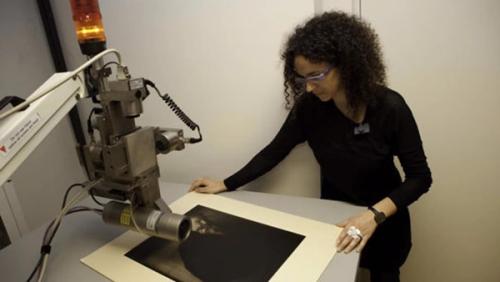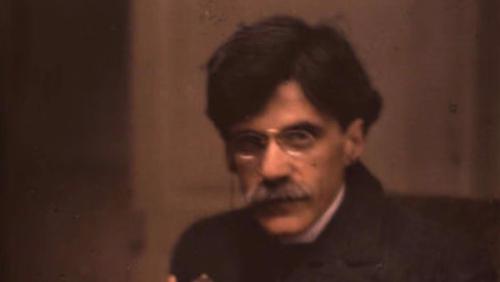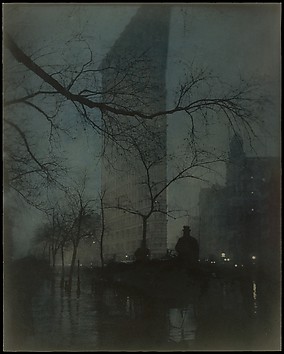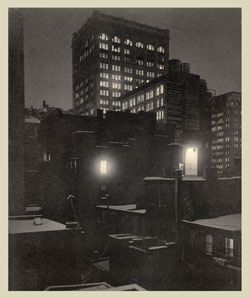Search / All Results
77 results for Steichen flatiron


editorial
Digitizing the Libraries' Collections: Pictorialist Photography Exhibition Catalogues, 1891–1914
June 7, 2013
By Dan Lipcan and Malcolm Daniel
Press Release
Photographs


editorial
On View January 25–30: Original Autochromes Produced Using the First Color Photographic Process
January 20, 2011
By Luisa Casella

Art
The Flatiron

Art
The Flatiron

Art
The Flatiron
Exhibitions
New York, New York
Art
The Flatiron

Exhibitions
